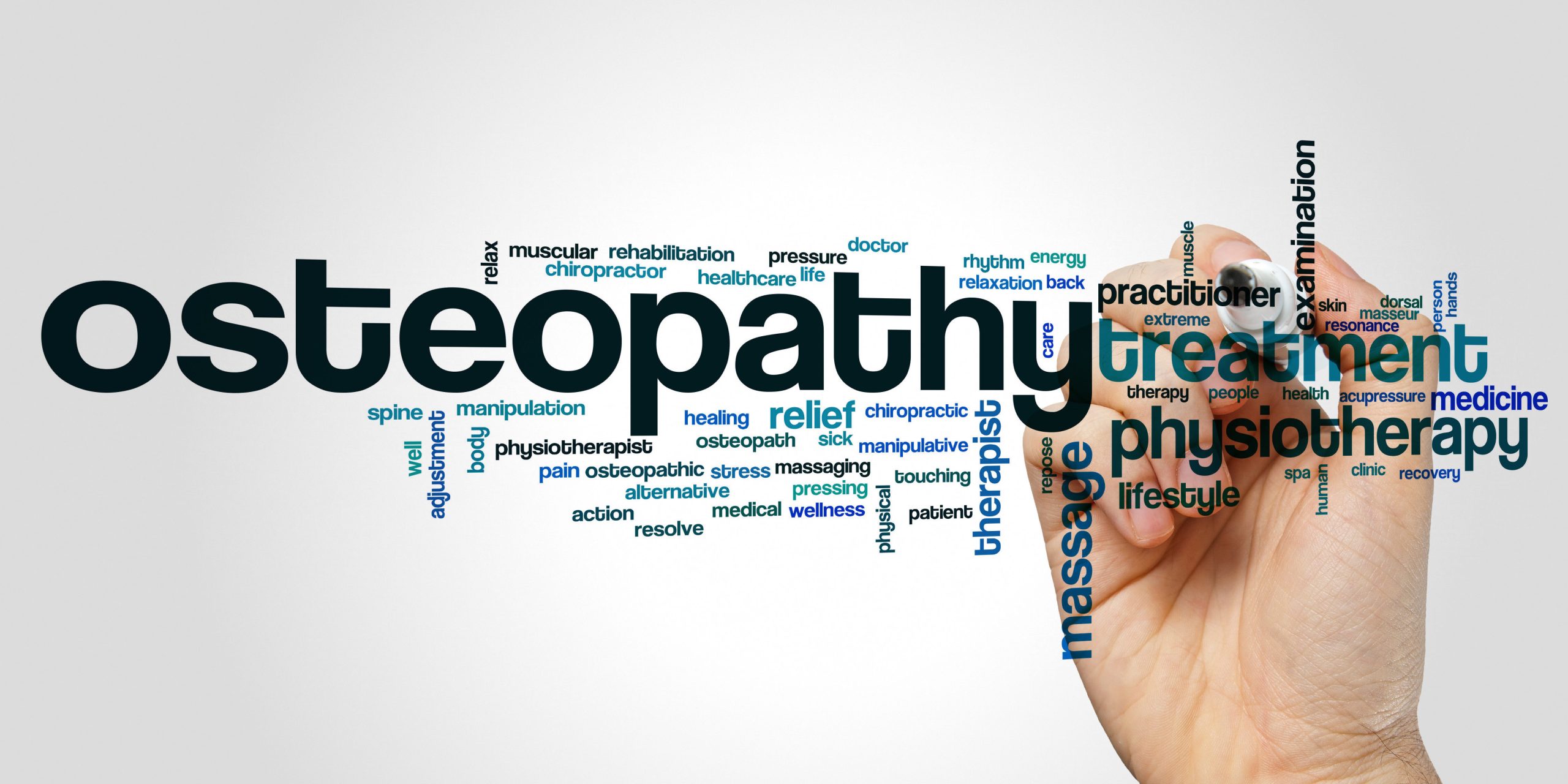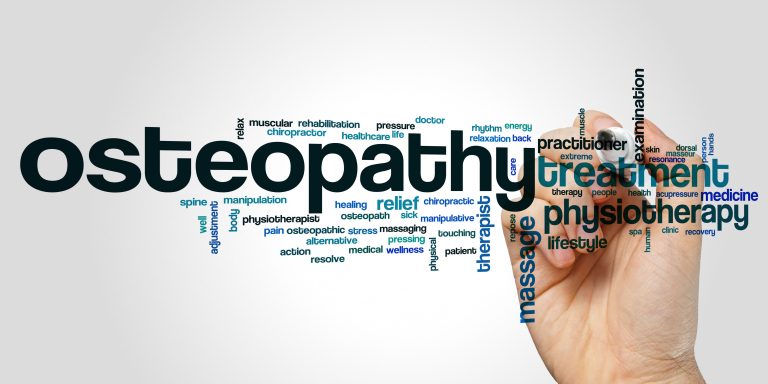
Understanding Osteopathy: A Holistic Approach to Health and Wellness
At Scotia, we often receive questions from patients asking about osteopathy—what it is, how it works, and what to expect from treatment. If you’re curious about osteopathy or have heard about it and want to know more, you’re in the right place! In this post, we’ll explain what osteopathy is, the benefits it offers, and how it can help you achieve better health and well-being.
What is Osteopathy?
Osteopathy is a form of healthcare that focuses on the musculoskeletal system, which includes bones, muscles, ligaments, and connective tissues. It was founded by Dr. Andrew Taylor Still in the late 19th century as an alternative to conventional medicine. The central philosophy behind osteopathy is that the body’s structure and function are interconnected, and maintaining this balance is essential for overall health.
Osteopaths believe that the body has a natural ability to heal itself, and their role is to facilitate and support this process through hands-on techniques and holistic treatment. These principles guide every aspect of osteopathic care:
1. The Body’s Self-Healing Mechanism: Osteopathy emphasizes the body’s inherent ability to heal itself, with osteopaths acting as facilitators in this healing process.
2. Structure and Function are Interrelated: Osteopathy stresses the connection between the body’s structure (bones, muscles, and organs) and how it functions. Proper alignment is seen as key to optimal health.
3. Hands-On Treatment: Osteopaths use various hands-on techniques, such as joint manipulation, fascial release, and craniosacral therapy, to diagnose and treat musculoskeletal issues.
4. Holistic Approach: Osteopathy treats the whole person, addressing not only physical symptoms but also lifestyle, nutrition, and mental health factors.
5. Prevention: Osteopathy emphasizes preventive care, encouraging patients to adopt a healthy lifestyle and to address potential health issues before they become severe.
Types of Osteopathic Practitioners
There are two main types of osteopathic practitioners: Doctors of Osteopathic Medicine (DOs) and Osteopathic Manual Practitioners (D.O.M.P.).
– Doctors of Osteopathic Medicine (DOs): These licensed physicians undergo medical school training and can diagnose, treat, and prescribe medication like MDs. They also receive additional training in osteopathic manipulative medicine.
– Osteopathic Manual Practitioners (D.O.M.P.): These practitioners specialize in hands-on osteopathic techniques, focusing on manual treatment to address musculoskeletal issues. While they don’t have the same medical training or privileges as DOs, they undergo extensive osteopathic education.
At our clinic, the osteopathic manual practitioners are highly trained, having completed five years of specialized osteopathic training after becoming healthcare professionals.
Who Can Benefit from Osteopathic Treatments?
Osteopathic care can benefit a wide range of individuals and health conditions, especially those related to the musculoskeletal system. Here are a few common conditions that osteopathy can address:
– Musculoskeletal Pain: Osteopathy is widely used to treat back pain, neck pain, joint pain, and muscle tension, helping to improve joint mobility and alleviate discomfort.
– Headaches and Migraines: For many individuals, headaches and migraines are linked to tension in the spine and neck. Osteopathic treatments can offer relief by addressing these imbalances.
– Digestive Disorders: Techniques used in osteopathy can support digestive health, improving conditions like irritable bowel syndrome (IBS) and constipation by enhancing the functioning of abdominal organs.
– Respiratory Conditions: Osteopathy can help individuals with conditions like asthma and COPD by improving chest mobility and breathing patterns.
– Pregnancy-Related Discomfort: Osteopathic care is a great way to manage back pain and pelvic misalignment during pregnancy, making it easier to prepare for childbirth.
– Pediatric Care: Osteopathy is gentle enough to be used on infants and children, helping with issues like colic, ear infections, and developmental concerns.
– Chronic Pain Management: Osteopathy can play a role in managing chronic pain conditions, such as fibromyalgia or osteoarthritis, helping to reduce pain and improve function.
– Post-Surgery Recovery: Osteopathy is beneficial for patients recovering from surgery, as it helps restore mobility and function.
What to Expect During an Osteopathic Session
An osteopathic session typically involves the following steps:
1. Patient History: Your practitioner will start by discussing your medical history and current health concerns. This helps them understand your overall health and identify any underlying issues.
2. Physical Examination: A thorough physical exam follows, where the osteopath will assess your posture, mobility, and musculoskeletal health. They’ll look for any areas of tension or discomfort.
3. Hands-On Assessment: Osteopaths use their hands to palpate and assess the body’s tissues and joints, looking for signs of dysfunction or misalignment.
4. Diagnosis and Treatment Plan: Based on the assessment, the osteopath will diagnose your condition and discuss the treatment plan, which may include specific osteopathic techniques, lifestyle changes, and exercises.
5. Osteopathic Treatment: Hands-on techniques may involve stretching, mobilizing joints, and using gentle pressure to relieve tension and restore balance.
6. Follow-Up and Evaluation: After the treatment, your osteopath will check how you responded to the techniques and may adjust your treatment plan. They may also recommend self-care practices.
The Benefits of Osteopathy
Osteopathy offers a unique, holistic approach to healthcare that focuses on treating the root cause of problems rather than just symptoms. By combining manual techniques with a broader focus on health, osteopathy can help improve overall well-being, reduce pain, and prevent future issues. Whether you’re dealing with chronic pain, recovering from an injury, or looking for a preventive approach to health, osteopathic care could be just what you need to feel your best.
At our clinic, we’re committed to providing top-quality osteopathic care that is tailored to your specific needs. If you’re ready to explore how osteopathy can benefit you, schedule a consultation today!












